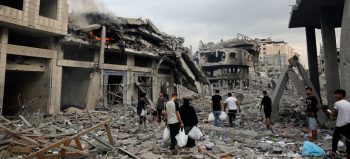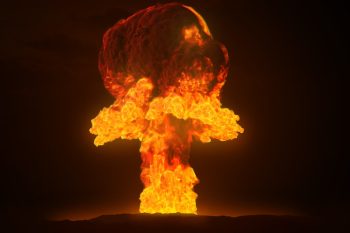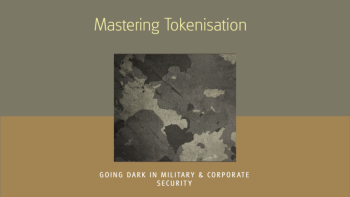HUMAN RIGHTS: UN/Explainer: What is international humanitarian law?
GEÓ NewsTeam 9 months agoHUMAN RIGHTS/UN: EXPLAINER What is international humanitarian law?
Syndicated by GEÓ PRWire Channel Team – Gibraltar
GEÓPoliticalMatters.com/PRVoice
Geopolitical Intelligence Network
While aid workers serving conflict-affected civilian populations depend on a set of laws to protect them, some warring parties violate these global agreements, from targeting hospitals and schools to blocking aid workers from reaching civilians with lifesaving goods and services.
But, what exactly are the rules of war and what happens when they are broken?
To find out more about international humanitarian law, known by its acronym IHL, UN News spoke with Eric Mongelard at the UN human rights office, OHCHR.
Here’s what you need to know:
Rules of war
International humanitarian law is as old as war. From passages in the Bible and Quran to medieval European codes of chivalry, this ever-growing set of rules of engagement aims to limit a conflict’s effects on civilians or non-combatants.
The laws represent “the very minimum rules to preserve humanity in some of the worst situations known to mankind,” Mr. Mongelard said, noting that the rules of war apply the moment an armed conflict has begun.
The laws in place today are primarily based on the Geneva Conventions, the first of which predates the UN by almost a century.
What are the Geneva Conventions?
Following Switzerland’s declaration of “perpetual” international neutrality in 1815, a neighbouring Austrian-French war in 1859 prompted Henri Dunant, a Swiss national tending to battlefield casualties, to propose what became the International Committee for Aid to the Wounded.
That group shortly thereafter transformed into the International Committee of the Red Cross (ICRC) followed by the First Geneva Convention, signed in 1864 by 16 European nations. Since then, a growing number of nations have adopted subsequent other Geneva Conventions.
More than 180 states have become parties to the 1949 conventions. They include 150 states party to Protocol I, which extended protection under the Geneva and Hague conventions to persons involved in wars of “self-determination” which were henceforth redefined as international conflicts and also enabled the establishment of fact-finding commissions in cases of alleged breaches of the convention.
More than 145 states are party to Protocol II, which extended human rights protections to persons involved in severe civil armed conflict that had not been covered by the 1949 accords.
New rules of war and protocols to the Geneva Conventions have developed as battlefield weaponry and warfare have become more sophisticated and sinister.
International treaties have also emerged to ban a range of weapons triggered by 20th century conflicts, from the use of mustard gas in First World War trenches to airdropping napalm across Vietnam. These binding conventions also oblige signatories to respect international humanitarian law. Learn More /…

Author
-

Broadcasting Daily from Gibraltar Newsroom our dedicated desk editors and newsdesk team of Professional Journalists and Staff Writers work hand in hand with our established network of highly respected Correspondents & regional/sector specialist Analysts strategically located around the Globe (HUMINT) Our individual Desk Editors all have specific subject authority as Journalists, Researchers and Analysts covering AI, Autonomous Transport, Banking & Finance Technology, Cybersecurity, GeoCrime, Defence 3.0, Energy & Renewables, BioEconomy and Transport & Logistics. Contact the NewsTeam at [email protected]
View all posts






